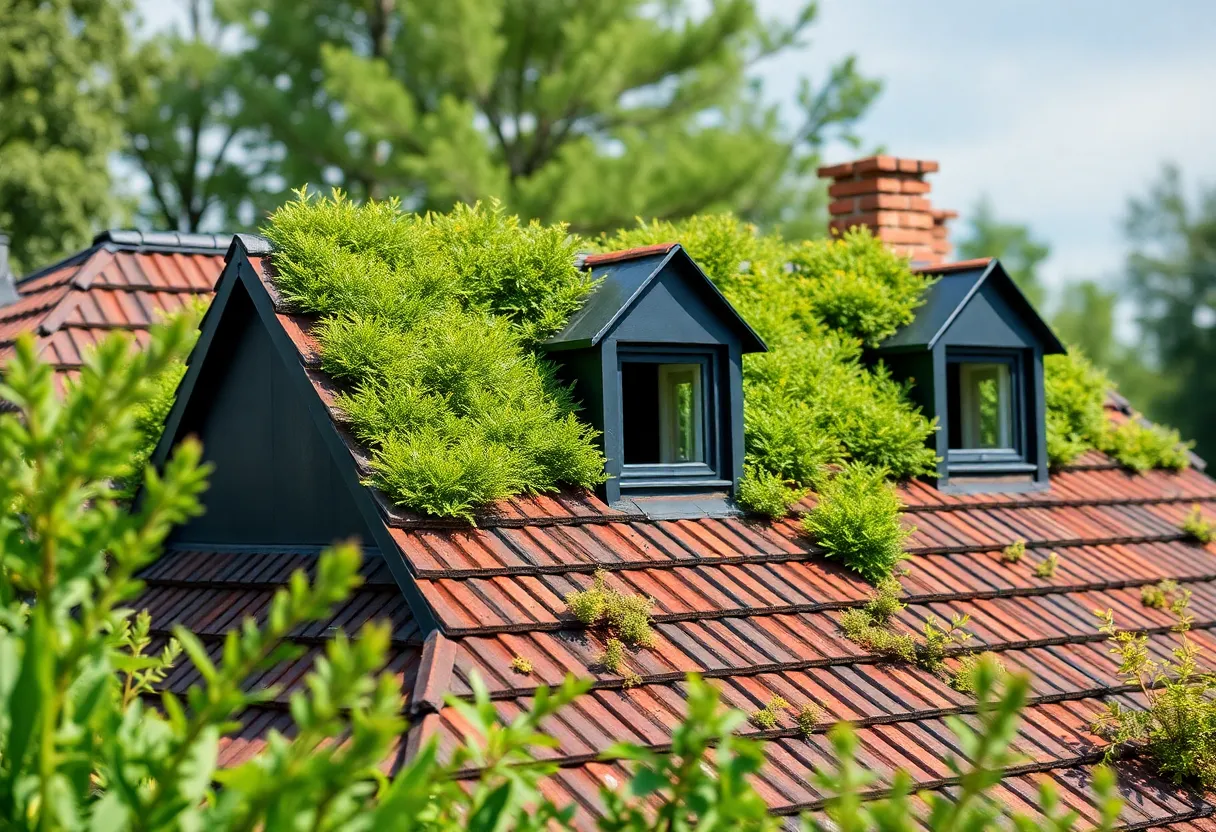

How Can You Transform Your Roof into an Eco-Friendly Powerhouse?
With the growing emphasis on sustainability, transforming your roof into an eco-friendly powerhouse is not merely an option but a necessity. The roof, often overlooked, has significant potential for enhancing energy efficiency and reducing your carbon footprint. This article explores innovative methods to optimize your roof for eco-friendliness, benefiting both the environment and your wallet in the long run.
Eco-friendly roofing involves using materials and technologies that contribute positively to the environment. The primary goals are to minimize energy consumption, use sustainable materials, and integrate renewable energy systems. Key components include:
Solar panels are one of the most effective ways to transform your roof into an eco-friendly powerhouse. They convert sunlight into electricity, providing a renewable energy source that significantly lowers energy bills.
Before installation, consider the orientation and slope of your roof. South-facing rooftops typically receive the most sunlight. Additionally, local zoning laws and regulations may influence your installation options.
A green roof, or living roof, involves growing vegetation on rooftops. These rooftops provide numerous ecological benefits.
Consult with professionals who specialize in green roof design. The structure should support the added weight of soil and vegetation. The plants selected should also be native and drought-resistant to ensure sustainability.
Reflective roofing materials are designed to reflect solar radiation rather than absorb it. This feature helps keep your home cooler, which is particularly beneficial in warmer climates.
Materials such as metal roofing, modified bitumen, and certain types of shingles offer reflective properties. Ensure the materials meet local energy codes and have a steep enough pitch to facilitate effective performance.
Effective insulation is crucial for any eco-friendly roof. It minimizes energy loss and helps maintain a stable indoor temperature.
Consult with a professional to determine the best insulation method for your roof structure. Options include spray foam insulation, rigid foam board, and cellulose insulation. Consider the R-value, which indicates the insulation’s effectiveness.
Transforming your roof into a rainwater harvesting system is a forward-thinking approach to sustainability. Collecting rainwater can reduce demand on municipal water systems.
Begin with a thorough analysis of your roof to ensure it is suitable for rain harvesting. Installing gutters and a collection tank is crucial. Local regulations regarding rainwater use should also be reviewed.
Transforming your roof into an eco-friendly powerhouse requires regular maintenance. This practice ensures that all systems function efficiently.
Transforming your roof into an eco-friendly powerhouse is an achievable goal with numerous benefits. By implementing solar panels, green roofing, reflective materials, effective insulation, rainwater harvesting, and maintaining the system, you can significantly enhance your home’s sustainability. This transformation not only benefits the environment but also promotes energy efficiency that translates into long-term savings.
Embrace these strategies, and contribute to creating a greener planet. The effort put into making your roof eco-friendly is an investment in a sustainable future.
News Summary On April 19, 2025, Lexington will host 'The Shot Heard Round the World'…
News Summary Irmo High School is undergoing significant changes with a $50 million expansion project,…
News Summary Lexington is transforming an old water plant into a dynamic park with a…
News Summary The 12th annual Zenith Digital Marketing Conference is scheduled for April 10, 2025,…
News Summary A federal judge has taken a significant step to temporarily protect the Consumer…
News Summary On March 26, 2025, over 2,000 protesters gathered in Somerville to demand the…